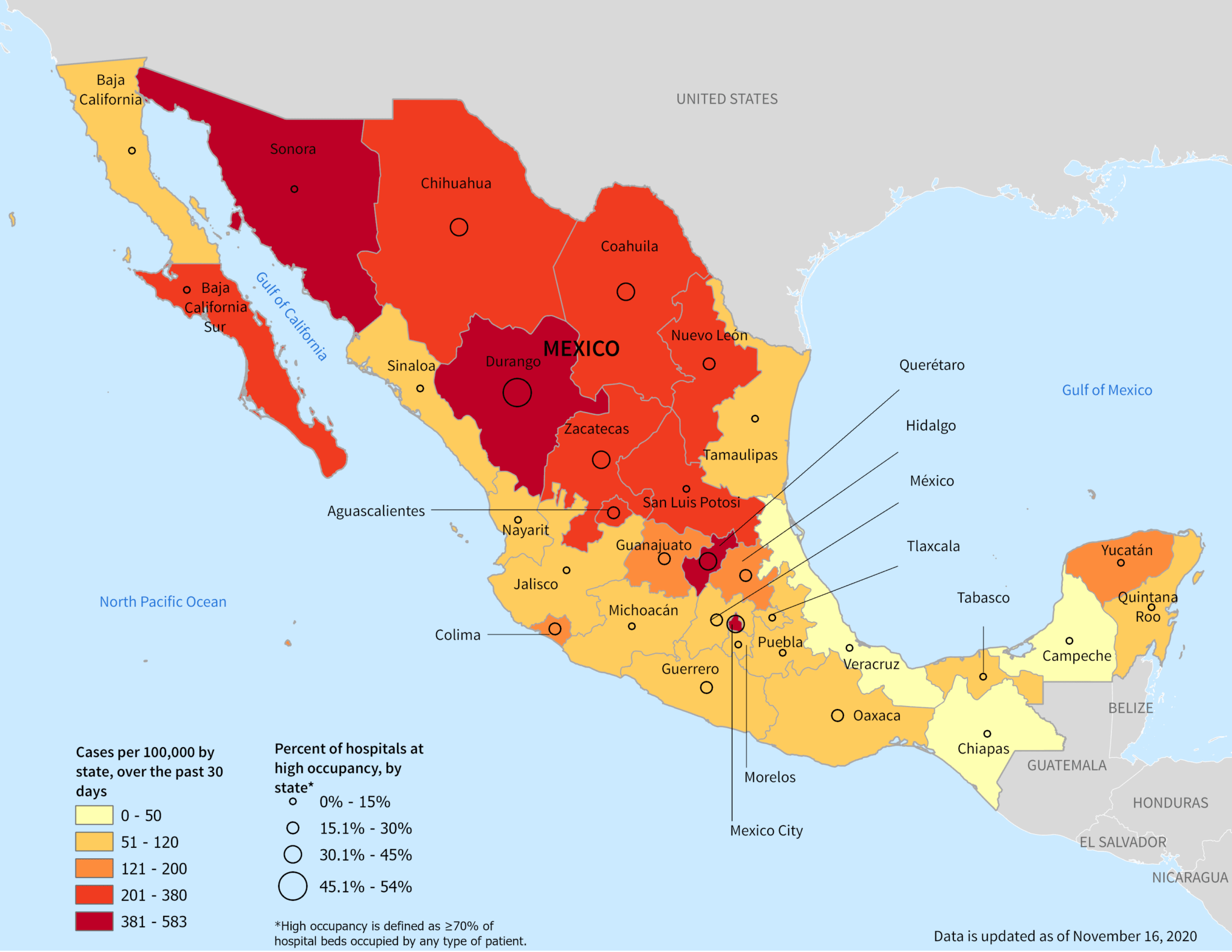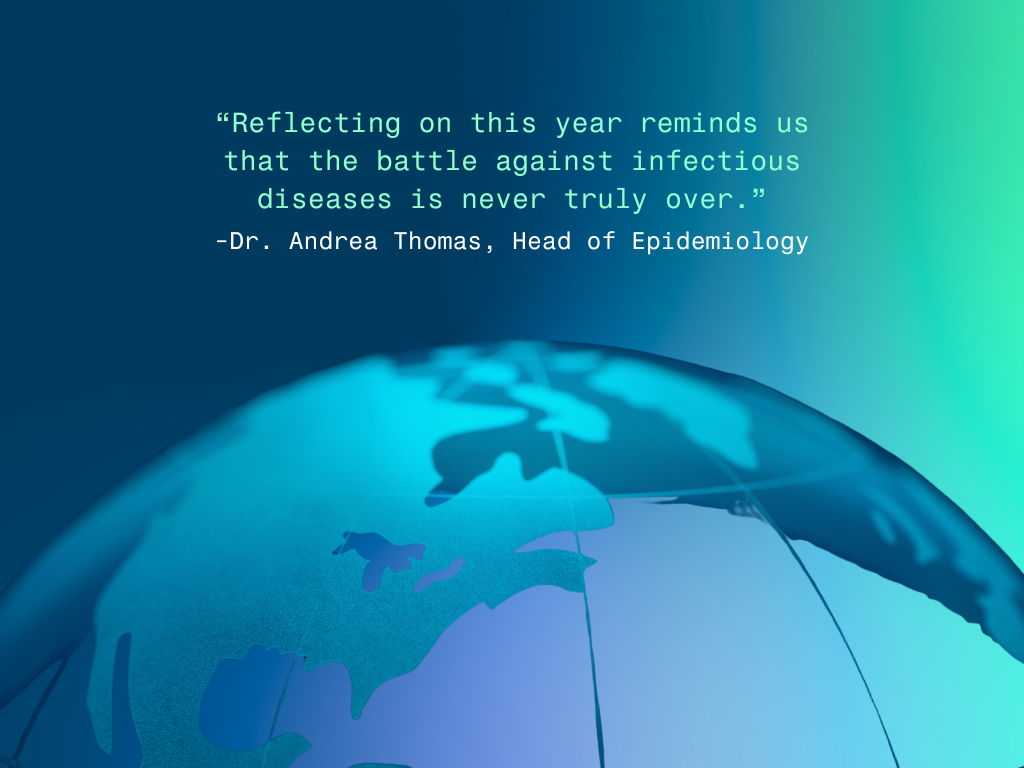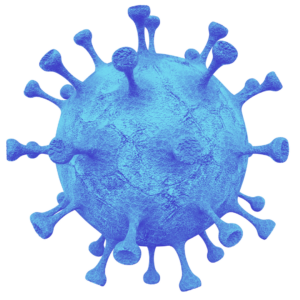Mexico’s COVID-19 outbreak has been reportedly underestimated by official statistics – and the country has historically been a popular travel destination during the Northern Hemisphere’s winter season. In light of these considerations, our latest COVID-19 Focus Report provides a COVID-19 epidemiological update (as of November 16, 2020), summarizes other concerns of infectious diseases in the country, and describes the current travel restrictions and local control measures as of November 23, 2020 implemented in response to COVID-19.
Here’s a sampling of what we found:
Causes for concern
- The true extent of the COVID-19 outbreak in Mexico is likely much larger than indicated by reported case counts and death counts. A recent study by Mexico’s ministry of health concluded that over 50,000 more deaths could be attributed to COVID-19 than were reported in official statistics. Furthermore, Mexico has one of the lowest rates of COVID-19 testing in North America and Latin America and a very high percentage of COVID-19 tests with positive results (76% as of November 16, 2020).
- Mexico City and the state of Durango are among the sub-national locations that have reported the greatest number of new COVID-19 case per 100,000 in the past 30 days and have the greatest percentage of hospitals with high occupancy of patients. Non-essential businesses are currently not permitted to open in Durango (i.e. in “Red” category of opening) in efforts to curb the spread of the virus. However, as of this report, Mexico City remains in the “Orange” category where non-essential businesses are open but at reduced capacity.
- As of November 23, there are currently minimal restrictions on international travellers arriving in Mexico. Air travellers must complete an online health declaration form prior to their arrival.
- During 2020 thus far, cases of pertussis, vector-borne diseases (ie. dengue, malaria, chikungunya, Zika, spotted fever), leprosy, typhoid, toxoplasmosis, and tuberculosis have also been reported in Mexico. There has been a general downward trend in the reported incidence of these infectious diseases this year. However, it is likely that the activity of these diseases has been underreported due to competing demands on the public health, healthcare system, and media coverage arising from COVID-19.

What does this mean?
- At the time of publication of this report in November, the risk of COVID-19 in Mexico is likely much greater than indicated by case counts and death counts. Low testing rates and a high percent positivity indicate only the most severe cases are being reported in official statistics. In particular, Mexico City and the state of Durango are facing a critical situation as their case counts continue to rise. With many hospitals in these locations experiencing high occupancy of patients, the rising number of COVID-19 cases will likely further strain the healthcare system.
- The true incidence of other infectious diseases in Mexico this year are also likely greater than reported. As arriving travellers and existing residents of Mexico are also at risk of acquiring other infectious diseases, close attention must be given to the individual-level prevention measures available in addition to COVID-19. From a public health perspective, more resources are likely needed to characterize of the true extent of other infectious diseases given the strained health resources in Mexico.
- As the high season for travel begins, Mexico’s policies on the screening on incoming travellers (where confirmation of a negative COVID-19 test or quarantine is not mandatory) are relatively lax. There is potential for further spread of COVID-19 in Mexico and exportation of cases when travellers return to their home country, particularly as the majority of anticipated air passengers are arriving from the United States where the COVID-19 outbreak is growing. Close adherence to local restrictions and other COVID-19 prevention measures will be important to lower such risk among travellers.









